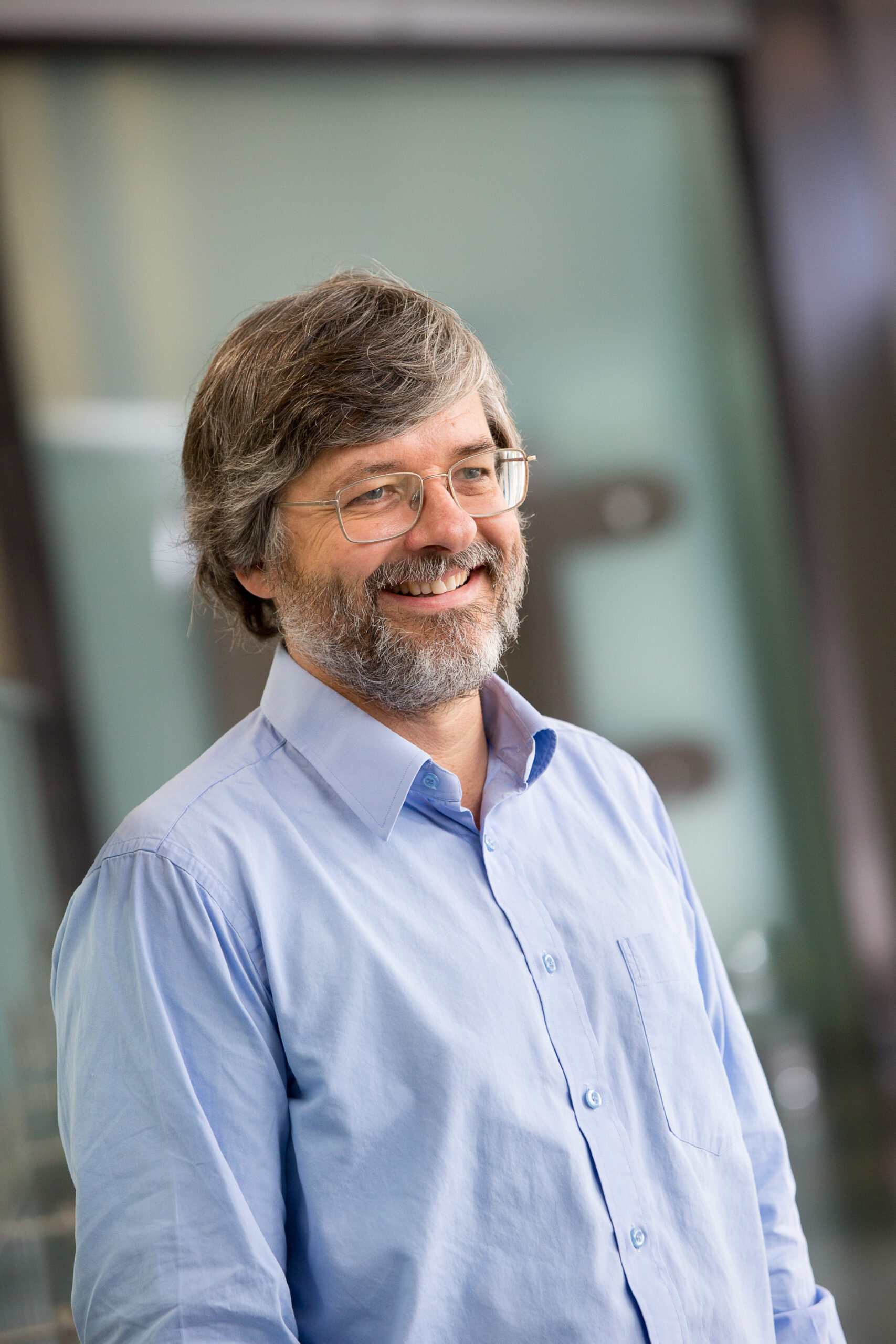Posted 21 September 2022

Almost half a million Australians live with dementia, with some 1.6 million people involved in their care. Alzheimer’s disease is the most common form of dementia among older adults.
To date, there are no drugs that effectively treat Alzheimer’s. However, research is advancing thanks to new understanding which suggests that the disease is caused by a combination of biological processes that go awry as we age.
While most agree there is a relationship between disease progression and the build-up of abnormal protein deposits in the brain, more recently other pathways such as the brain’s innate immune system have also been implicated, opening promising new inroads to research.
In the search for new treatments, Professor Michael Parker and his team at SVI have focused on different ways that the power of specialised immune cells in the brain – called microglia – can be harnessed.
“While microglia make up only a small percentage of the cells in the brain, they play an important function as the brain’s garbage collectors,” says Michael. “By removing dying neurons and toxic proteins, they are thought to support healthy functioning of the brain.”
The researchers aim to stimulate the activity of microglia using a compound that binds to a particular protein on their surface.
“This protein is genetically linked to Alzheimer’s disease,” says Michael. “It is thought that it acts like a handbrake on the microglia, slowing down their ability to clear toxins. The drugs we are developing are designed to release that handbrake.”
In another project, Michael and his team are developing a drug which can bind toxic proteins, combined with a honing mechanism for microglia. They have evidence that this drug enhances the microglia’s ability to remove the proteins.
Michael says: “Alzheimer’s is a difficult problem that will, unfortunately, touch all of us at some stage.”
“This funding is critical to help us find new treatments for this terrible disease.”
This research has recently been funded by the Alzheimer’s Drug Discovery Foundation and the Dementia Australia Research Foundation.